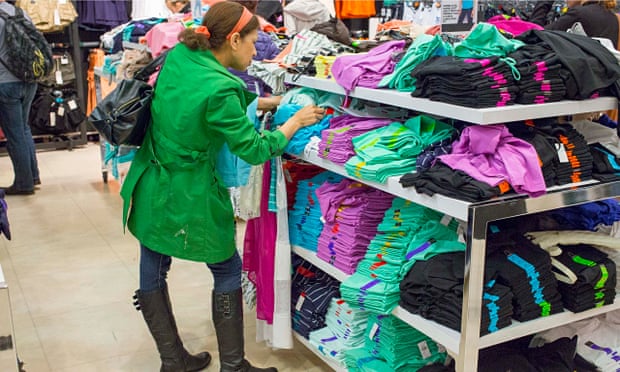That compares with a rate of -0.1% a month earlier. Analysts had expected a figure of about zero.
Transport costs, alcohol and tobacco prices were the main contributors to the rise in the rate, said the ONS.
However, this was partially offset by a fall in clothing prices, the ONS added.
This move into positive inflation territory follows two months of negative inflation, or deflation.
Monthly
inflation has been between -0.1% and 0.1% since January, when prices
grew by 0.3%. Low oil prices and a fiercely competitive environment for
supermarkets are keeping prices low.
Last week, UK interest rates were left unchanged again at 0.5% by the Bank of England's rate-setters.
 The
nine policymakers on the Monetary Policy Committee voted 8-1 for no
change, with the Bank predicting that inflation will stay below 1% until
the second half of next year.
The
nine policymakers on the Monetary Policy Committee voted 8-1 for no
change, with the Bank predicting that inflation will stay below 1% until
the second half of next year.
Inflation as measured by the Retail Prices Index (RPI) was 1.1%, up from 0.7% in October.
RPI includes housing costs such as mortgage interest payments and council tax, whereas CPI does not.
"UK
inflation remained largely absent in November, and looks set to remain
weaker for longer than forecasters have recently been expecting," said
Chris Williamson. chief economist at data firm Markit.
"Falling prices for oil and other commodities are helping drive down companies' costs.
"Weak
wage pressures and fierce competition in the retail sector are also
helping keep a lid on prices. Hence clothing prices showing a record
fall between October and November."
Ben Brettell, senior economist
at broker Hargreaves Lansdown, said that while core inflation - which
strips out volatile components such as food and energy - had risen
slightly, it "remained weak at 1.2%".
"This offers little
suggestion that underlying inflationary pressures are building in the UK
economy. Furthermore there are signs that wage growth is flattening out
- figures due out tomorrow are expected to show pay growth has slowed
from 3.0% to 2.5%."










No comments:
Post a Comment